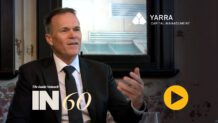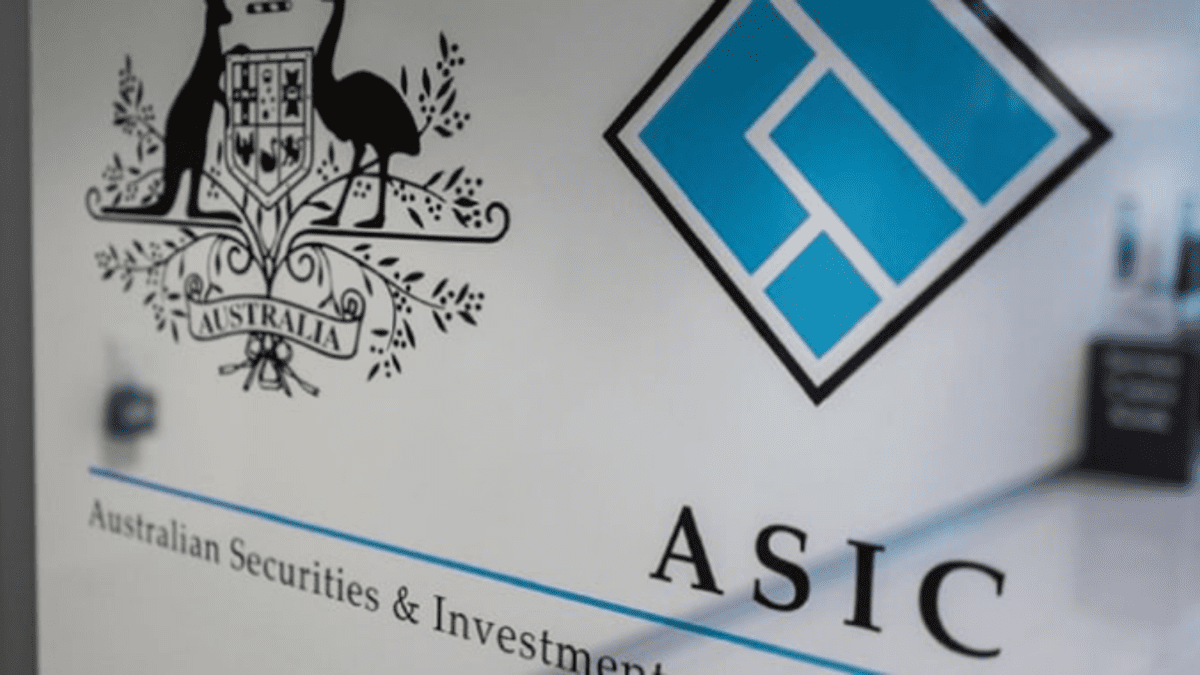‘Wonderful opportunities’ lie ahead of bond market volatility: JCB
Charlie Jamieson, co-founder and chief investment officer at Jamieson Coote Bonds (JCB)spoke recently at Praemium’s Key Market Drivers event, blaming much of the market under-performance of 2022 on fixed-interest markets. And it makes sense. Bonds and interest rates were at the forefront of some of the big pivots in market sentiment, especially after the very generous fiscal and monetary stimulus received as a result of the pandemic.
But it’s also the central banks failings to get out of those settings, as economies were reopening, that has brought us into a very difficult place, that we find ourselves in today with regards to inflation. It’s unfortunate, just as inflation was creeping in, we’ve had the war in Ukraine which hasn’t helped by adding global food and energy inflation to the system and following that an unusual lockdown in China has further disrupted the supply chain.
It’s been a domino effect of bad outcomes for inflation in a very connected globalised market. Settings are still inflationary and these need to be pulled back quickly to rein in inflation and for central banks to maintain their credibility. Jamieson adds, “Sadly, for asset owners, things are going to get harder. We think rates are a bit of a locomotive on a series of connected assets on the asset train. And unfortunately, if we are going to go to that place, then other things will be dragged along via discount rates and higher mortgage rates. Financial markets have been expecting this for some time, but the expectations are quite extraordinary.”
Jamieson then puts up a 12-month policy expectations table (shown below) and you can see what the bond market is expecting. The 1-year RBA expected cash rate is 3.40 percent. That’s a 10 fold increase, not taking into account the recent 50bps rate rise. The surprising part is that the RBA is expected to ‘out-hike’ the US Federal Reserve. One of the reasons for this pricing, Jamieson says, can be due to the very ‘ordinary’ forward guidance from the RBA, which has seen many foreign investors leave and won’t come back. That means Australian bonds will trade with an additional premium in regard to higher yields.
But there is light at the end of the tunnel. Jamieson says, “inflation is expected to come down, relatively rapidly, assuming we don’t have any other exogenous inflation shocks. US inflation is expected to moderate to around 4 percent by the end of the year.”
He pays special attention to credit markets, saying: “Credit markets are such an important market because it is the oil that plumbs the financial machine. It’s not new borrowings, but the rolling-forward of existing debt obligations. Governments can always raise that money, even if that price is higher. But that’s not a given in corporate credit markets. The problem here is that the US Federal Reserve will use monetary policy to kill inflation, which they will do, but the risk is that they kill the economy as well.”
Without exogenous shocks, inflation will come down, but it probably won’t come down to 2 per cent, he says. There is a lot to be done, and Australians will feel the power of rate hikes at every RBA meeting for several months. Clearly, this will recalibrate property and mortgages. About 80 per cent of our mortgage rate obligations in Australia are floating-rate instruments, whereas that’s 15 per cent in the US, which is much more of a 30-year fixed-rate mortgage market; thus, the changes in the central bank rates don’t affect US consumers in the same way they affect Australian ones.
Jamieson concludes by saying, “The ‘financial tourism,’ particularly in fixed-income markets in Australia, has come to an end. Australia had an advantage over countries yielding negative rates; that advantage is now gone. The rally we experienced in risk assets, was unwelcome, but it’s what was required to stop investors from buying.”
All in all, the message from Jamieson’s presentation is: We are going to have more restrictive settings, but probably won’t go as far as what bond markets are pricing in. Given the volatility, all assets are now re-adding in some premia for the added risk seen in markets at the moment. As we go through these changes, there will be some high-quality assets that will be dragged along.
His final words, “There lie some wonderful opportunities to make a lot of money, thereafter.”











